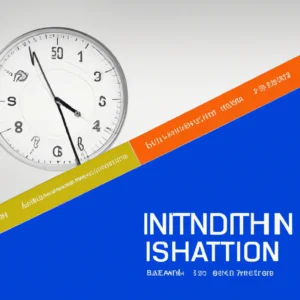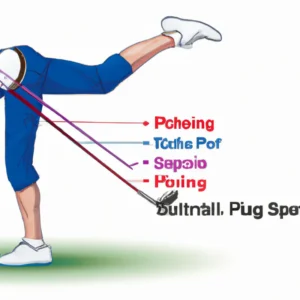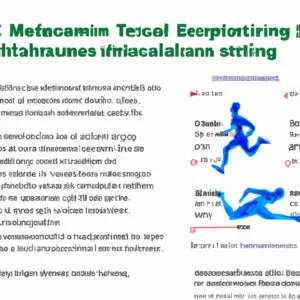The Influence of Intermittent Fasting on Athletic Recovery: Timing Your Eating Windows for Optimal Muscle Repair and Growth
The Influence of Intermittent Fasting on Athletic Recovery
Athletes constantly seek ways to enhance performance and recovery. They often experiment with dietary practices to find effective methods. Intermittent fasting (IF) has gained popularity recently. This eating pattern cycles between eating and fasting periods. It shows promise in optimizing athletic recovery. This blog explores how eating windows can improve muscle repair, growth, and overall performance.
Understanding Intermittent Fasting
Intermittent fasting focuses on when to eat, not what to eat. It involves cycling between eating and fasting periods. Numerous protocols suit different lifestyles and preferences. The 16/8 approach allows individuals to fast for 16 hours and eat within an 8-hour window. This method helps athletes consume sufficient calories and nutrients while enjoying fasting benefits.
The 5:2 method lets individuals eat normally for five days. On two non-consecutive days, they restrict calorie intake to 500-600 calories. Each method offers unique benefits and can adapt to an athlete’s training schedule and lifestyle.
Nutrition Tips for Optimal Recovery
Meal timing during an eating window significantly impacts recovery. Athletes must consume nutrient-dense foods that enhance muscle repair and support recovery.
Prioritize Protein Intake
Protein plays a crucial role in muscle recovery and repair. After intense workouts, athletes should prioritize high-quality protein sources. Foods like chicken, fish, eggs, dairy, beans, and lentils provide essential amino acids for muscle tissue repair. Consuming protein-rich foods immediately after workouts enhances the body’s ability to rebuild stressed muscle fibers.
Research suggests consuming 20-25 grams of protein post-workout maximizes recovery. Athletes practicing intermittent fasting should plan meals around the eating window to ensure adequate protein intake.
Incorporate Healthy Fats and Carbs
Healthy fats and carbohydrates also support optimal recovery. Omega-3 fatty acids in fatty fish and flaxseeds possess anti-inflammatory properties. Reducing inflammation aids recovery and alleviates muscle soreness.
Complex carbohydrates like whole grains, fruits, and vegetables replenish depleted glycogen stores. Foods like quinoa, brown rice, and sweet potatoes provide energy for recovery and prepare the body for future training. A balanced post-workout plate of protein, healthy fats, and carbohydrates accelerates recovery and enhances performance.
Below are related products to the topic if you’re interested:
FAQ
What is intermittent fasting and how does it benefit athletes?
Intermittent fasting (IF) is an eating pattern that cycles between periods of eating and fasting. For athletes, IF can enhance recovery by optimizing muscle repair and growth. It allows athletes to consume adequate calories and nutrients within specific eating windows, thus benefiting their overall performance while enjoying the advantages of fasting.
Which intermittent fasting method is best for athletes?
There are several intermittent fasting methods suitable for athletes, with the 16/8 approach and the 5:2 method being the most popular. The 16/8 method involves fasting for 16 hours and eating within an 8-hour window, which helps athletes meet their caloric and nutritional needs. The 5:2 method allows for normal eating for five days and restricting calorie intake to 500-600 calories on two non-consecutive days. The best method depends on the athlete’s training schedule and lifestyle preferences.
What nutritional strategies should athletes follow during their eating windows for optimal recovery?
Athletes should prioritize high-quality protein intake immediately after workouts, consuming about 20-25 grams to maximize muscle recovery. Additionally, incorporating healthy fats from sources like fatty fish and flaxseeds, as well as complex carbohydrates from whole grains, fruits, and vegetables, is essential. This balanced approach helps reduce inflammation, replenish glyc















Post Comment